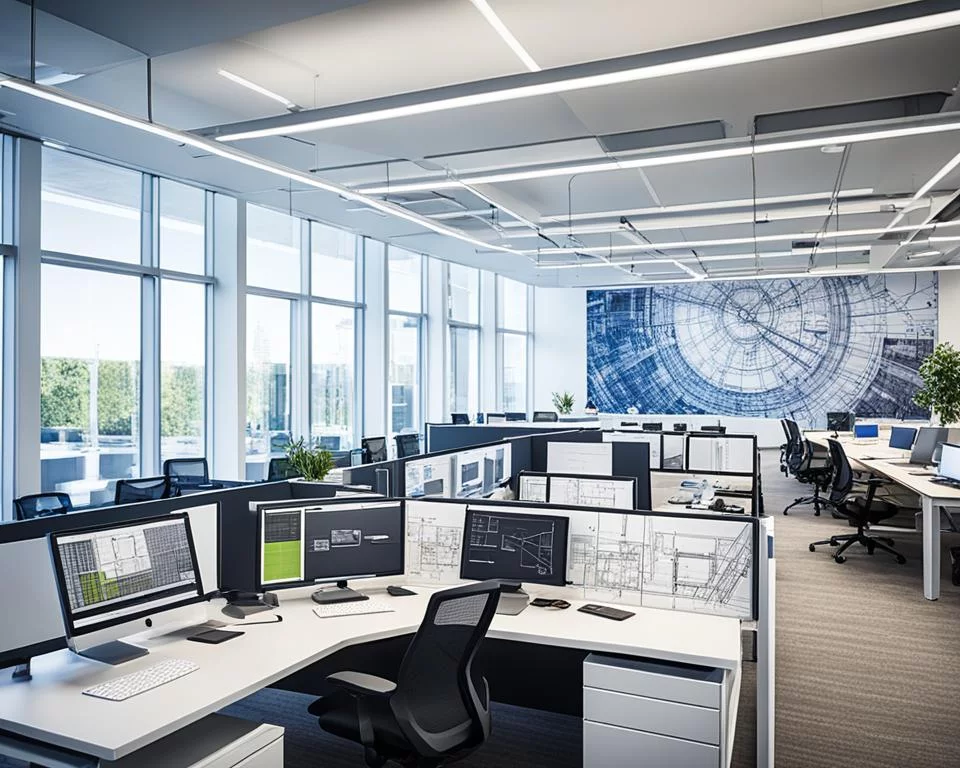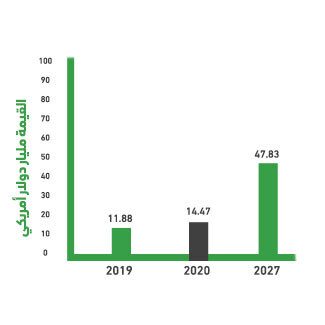Conducting a feasibility study for an engineering office project is an essential step in ensuring the project’s success and effectively achieving its objectives. The study aims to analyze various aspects related to the project, starting with identifying the services the office will provide, such as interior and exterior design, finishing, decoration, technical and engineering consulting, and ending with project implementation supervision. The feasibility study also helps assess the needs of the market and target segments, such as individuals, government institutions, real estate companies, and the contracting sector. It also highlights the size of the market gap and the project’s share thereof, as well as available investment opportunities. The feasibility study for an engineering office project addresses everything related to the project’s ideal geographical location and identifies the necessary resources, both human and technical. The study also examines the establishment and operating costs, expected returns, and develops an effective marketing plan to attract clients. In short, the feasibility study enhances the project’s success, provides its owners with insight into potential challenges they may face in the future, and reveals the plans and strategies they should adopt to achieve sustainability and the desired profitability in the long term.

An engineering office project is a facility that provides engineering consulting, design, and supervision services for architectural and construction projects, contributing to the development of infrastructure and urban planning in accordance with quality and safety standards. The office ensures efficient project implementation, reducing costs and increasing sustainability by using modern technologies and environmentally friendly materials. The office provides innovative solutions in architecture and urban planning, enhancing the attractiveness of real estate projects and increasing their investment value. It’s worth noting that the engineering office project helps create job opportunities for engineers and consultants, thus supporting not only the construction sector but the local economy as a whole. By embracing innovation in design and smart engineering, the office will develop modern projects that meet the needs of individuals, companies, and institutions. To ensure you launch this project with confidence, contact the experts at “mashroo3k” and request a feasibility study for an engineering office project to avoid unforeseen challenges and avoid potential investment risks.

Interior and Exterior Design<br>Finishing and Decoration<br>Technical Consulting<br>Engineering Consulting<br>Engineering Implementation and Supervision<br>Environmental Engineering Services


The competence and experience of the consulting team.
Innovative engineering solutions and creative ideas.
Utilizing modern technologies and appropriate artificial intelligence tools.
Adhering to deadlines.
Achieving environmental sustainability.
Executive summary
Study project services/products
Market Size Analysis
Risk Assessment
Technical study
Financial study
Organizational and administrative study

The service sector represents an important part of the economy, in fact, it represents the largest part of the global economy. The service sector is considered an industry and a science, focusing on the production of services rather than tangible goods, such as cars, aircraft, machinery, and equipment. The service sector is concerned with providing services to people, including banking, communications, wholesale and retail trade, engineering, medical services, tourism, and non-profit economic activities such as customer service and government services that include development, national defense, and maintaining internal and external security.
The commercial sector includes the e-commerce sector and the wholesale and retail trade sector. The commercial sector in the Kingdom has witnessed numerous developments during the years of the Ninth Development Plan. The number of commercial registrations issued by the end of the fourth year (2013) of the Ninth Development Plan increased to exceed 1.37 million registrations, while the number of companies reached more than 86,000. The number of licenses for installment sales, debt collection, and follow-up services reached 115,000. The recently released annual report issued by the Ministry of Commerce for the year 1435 AH revealed that the commercial sector contributed to the gross domestic product.
The relative contribution of commercial activities to GDP increased, with the wholesale and retail trade, restaurants, and hotels sectors contributing 8.8% to GDP, and construction and building 4.4%.

The number of internet users in the Kingdom increased from 19.6 million to 24 million between 2014 and 2016, according to a 2016 report by the Communications and Information Technology Commission. E-commerce is experiencing significant growth due to the availability of convenient payment methods, improved shipping methods, and changes in societal culture in recent years, driven by the availability of social media and the proliferation of smartphones, which have become an effective channel for completing many purchases. Data from the Saudi Payments Network (SPA) revealed that 2015 saw the recording of more than 1.1 billion financial transactions, with a total value exceeding 626.3 billion riyals, with an average monthly transaction volume exceeding 52 billion riyals. This was done through more than 17,000 ATMs and over 225,000 POS terminals spread across the Kingdom. The data added that last year saw steady growth in the number of POS terminals at payment outlets, increasing by 62% compared to the previous year.
The number of internet users worldwide reached 3.2 billion, with 157 million internet users in the Arab world. There are 11 million Facebook users in Saudi Arabia, including 3.2 million expatriates. There are 9 million Twitter users in Saudi Arabia, and 8.8 million Instagram users. Sixty percent of internet users in Saudi Arabia shop online, and 40% of online purchases are focused on mobile phones and accessories. 71% of shoppers in the Kingdom are young people, and 29% are women.